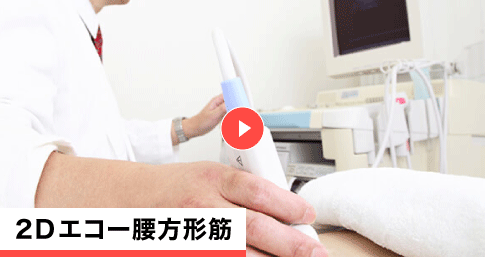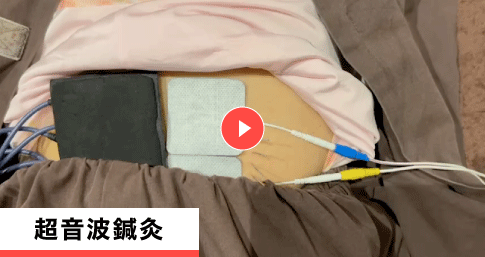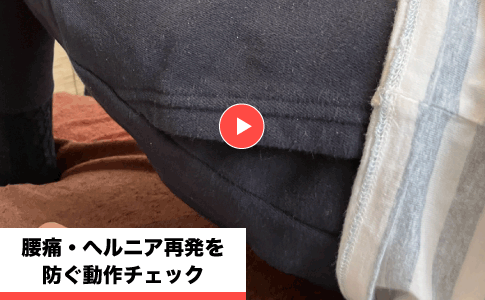Chronic Lower Back Pain Program
What is Chronic Lower Back Pain?
When lower back pain persists for more than 3 to 6 months, it is referred to as “chronic lower back pain.” The causes and conditions of chronic lower back pain vary widely and can affect individuals of all ages, from young children to the elderly.
There are two main types of chronic lower back pain: cases where pain persists despite no abnormalities in the lower back and cases where pain continues even after an abnormality has healed. If the pain fluctuates between improving and worsening repeatedly, it is also classified as chronic lower back pain. The severity of pain varies, with some individuals experiencing extreme discomfort.
According to the 2004 National Livelihood Survey, lower back pain was the most commonly reported symptom among men and the second most common among women, indicating that many Japanese citizens suffer from this condition.
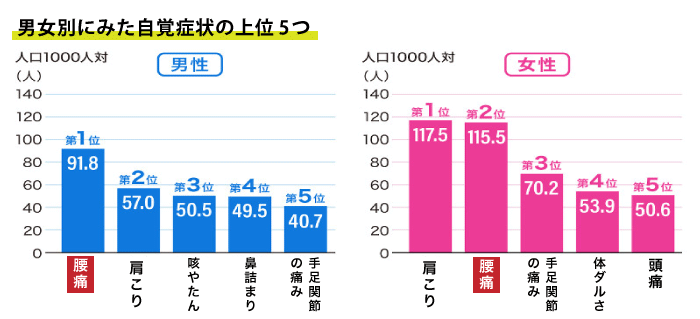
Most chronic lower back pain cases fall under muscular and fascial lower back pain (muscle-related back pain). Without proper treatment, the pain tends to recur. Poor posture, muscle fatigue, decreased muscle strength, and reduced flexibility contribute to this condition. Instead of acute pain, individuals often experience a dull, heavy sensation with stiffness and discomfort.
Classification of Lower Back Pain Causes
Lower back pain can be broadly categorized into those originating from the spine and those with other causes.
Causes Originating from the Spine
These include congenital abnormalities, scoliosis, and spondylolysis, which occur during growth, as well as degenerative spinal disorders, herniated discs, spinal stenosis, and degenerative spondylolisthesis, which arise with aging. Other causes include spinal fractures, dislocations, infections such as tuberculosis or pyogenic spondylitis, and tumors like metastatic cancer.
Other Causes (Internal Organ, Vascular, Psychological)
Lower back pain can also result from vascular diseases such as aortic dissection, urinary disorders like kidney stones, gynecological conditions such as uterine fibroids or endometriosis, and digestive diseases like cholecystitis or duodenal ulcers. Additionally, conditions such as hip osteoarthritis or psychological factors like somatoform disorders and schizophrenia can contribute to chronic lower back pain.
Among these, the most common type is muscular and fascial lower back pain, which can be divided into three main categories:
- 01. Flexion Type
- 02. Extension Type
- 03. Rotational Type
01. Flexion Type
This type occurs due to the shortening of the gluteal muscles and hamstrings, which limits pelvic anterior tilt during trunk flexion. As a result, the fatigued and shortened lumbar muscles are forced into eccentric contraction, worsening the condition. Common complaints in daily life include “pain when putting on socks” and “pain when sitting on a chair.”
02. Extension Type
This type of lower back pain is characterized by the shortening or over-tension of hip flexors such as the iliopsoas and tensor fasciae latae, which causes an increase in pelvic anterior tilt and lumbar lordosis during trunk extension, worsening pain. A common complaint is described as “I can’t extend my lower back when standing up from a chair.”
03. Rotation Type
This type of lower back pain worsens during trunk rotation. It is often thought to occur due to insufficient tension in the abdominal muscles, which leads to an increase in pelvic anterior tilt during the rotation movement, adding rotational and extension stress to the lumbar spine. On the non-rotating side, the tension of the ipsilateral quadratus lumborum often leads to an increase in pelvic anterior tilt, which causes pain to worsen in the same way as in the extension type. This is commonly seen in sports that frequently involve rotation movements, such as baseball and tennis.
A simple way to determine which type of lower back pain is present is to assess which movements worsen the pain. For example, if pain occurs when rotating the lower back left or right, it can be diagnosed as rotation-type lower back pain. However, it is often not just an issue with the lower back alone. It’s important to check the flexibility of the glutes, the range of motion of the hips, the strength of the abdominal muscles, posture, lifestyle, and whether you play sports like golf or tennis, which involve frequent rotation movements of the body.
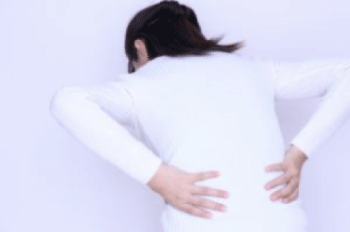
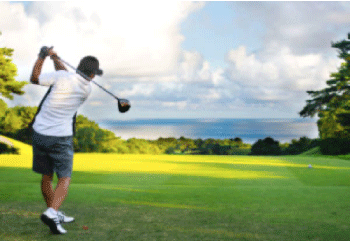
Aside from rotation-type lower back pain, muscle and fascia-related lower back pain is often caused by poor posture, muscle fatigue, and the decline in muscle strength and flexibility.
General Treatment Methods
Conservative Therapy: ①Rest (including the use of a back brace) ②Medication (analgesics and anti-inflammatory drugs) ③Physical therapy (acupuncture, exercise)
Surgical Treatment: ①Surgical methods (divided into different types depending on the cause)
Medical Japan’s Traditional Eastern Medicine Approach
Improving local blood flow and relieving muscle spasms
Treatment focuses on areas with tenderness and hard nodules.
[Example Prescription] Spleen Shu, Stomach Shu, Kidney Shu, Zhishi, Large Intestine Shu
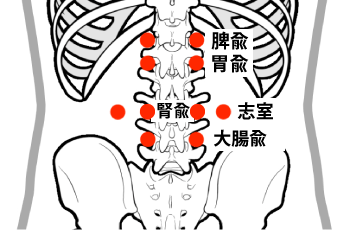
腰痛ツボ指圧-大腸兪(だいちょうゆ)-
メディカルジャパンにしかできない介入法
症例によっては、観血的療法(手術して痛みをなくす)と保存療法(手術せずに回復)がありますが、ここでは弊社で行う保存療法(手術せずに回復)について述べることにします。
筋肉性の腰痛の場合(鍼灸介入法)


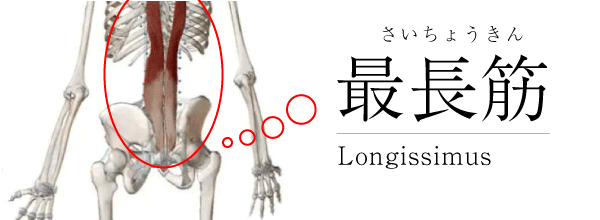
腰痛の保存療法に有効な「超音波鍼灸」は当院独自の画期的な治療法です。
介入例 1「超音波鍼灸」
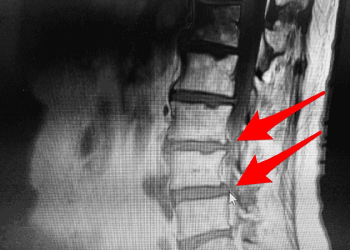
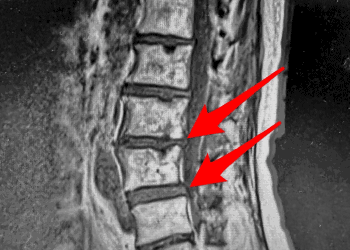
提携医療機関にてMRIを撮影。患部を把握することにより医療機治療の精度と効果を向上。
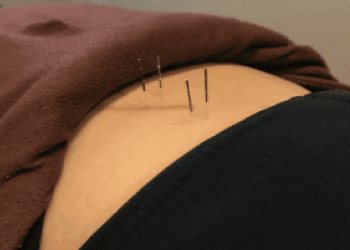
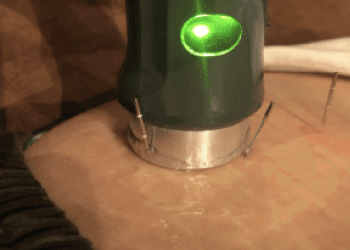
超音波→深部熱による脊髄動脈及び動脈叢の血流増大。
介入例 2 「超音波鍼灸」
患部をエコーで撮影。健側、患側の腰方形筋をエコーで撮影しながら筋の配列の均等、不均等の確認。動いてもらい筋の動き具合の違い確認。
患部を把握することにより医療機治療の精度と効果を向上。
エコーで撮影した筋の滑走性が悪いところにピンポイントで鍼灸。
さらに高周波治療器・超音波治療器組合せ理学療法機器(アストロン)を使用し、高周波で筋肉の緊張の緩和し、痛みの伝達を抑制する効果を期待できます。
「高周波治療+超音波治療」

高位L3/4高位L4/5のヘルニアに対しての超音波+高周波治療
高周波→伝導ブロック作用による鎮痛
当院に来院している方は週2回のペースで3週間でNRS10→3.4まで改善します。また、その方個人の筋バランスや骨格のバランスを考察したリハビリ体操を行って再発ゼロを目指します。
腰痛・ヘルニア再発を防ぐ動作チェック
正しい姿勢や体の使い方を確認し、日常生活での負担を減らして再発を予防するための動作チェックを行います。
AI姿勢分析システム
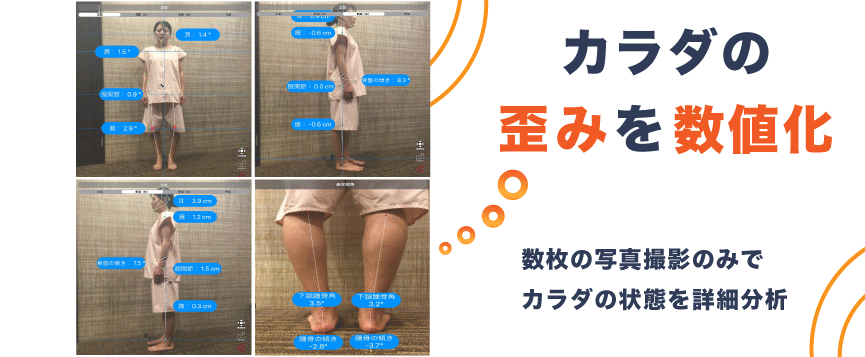
現在の姿勢から、筋肉が硬くなる部位や痛みの原因となる部位、未来の姿勢などを推定し、施術の方針や効果をよりわかりやすく説明することができます。患者様自身にも体の状態を理解してもらいやすくなりました。
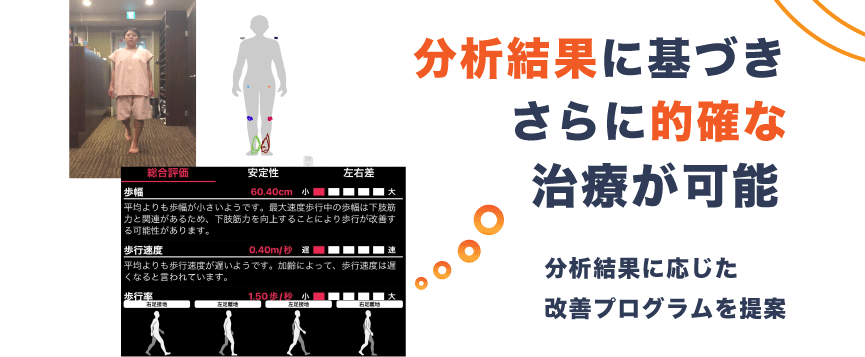
マイオプレッシャー(歩行診断機)
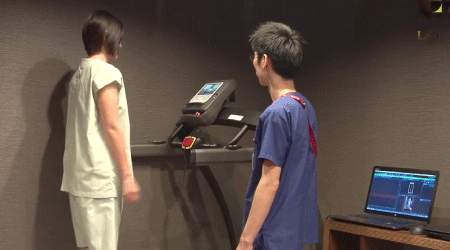
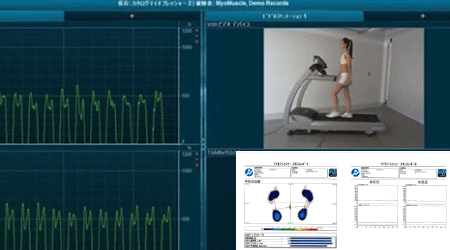
約二万個のセンサーが可動するトレッドミルの上を歩行すると、自身の足圧、重心移動、左右荷重値が分かります。さらに二台のカメラを使用することにより、自身の歩行姿勢も目で確認できます。
1年半のリハビリを経てここまで変化がありました!!
インソール・靴処方
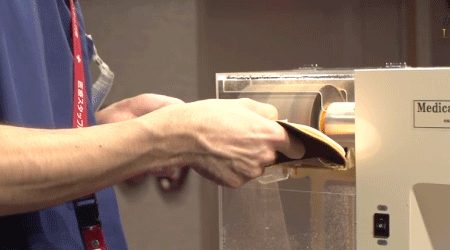
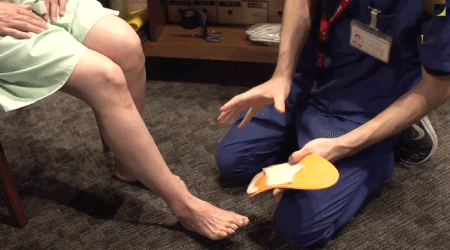
体に合ったインソールをいれることで足本来の機能を引き出し、足のアーチがしっかりサポートされ、正しい重心がかけやすくなります。パフォーマンスアップ、持久力向上、疲労軽減、筋肉や人体へのストレスも軽減され、普段の歩き方も楽になります。
【リアライン・コア】【リアライン・バランスシューズ】
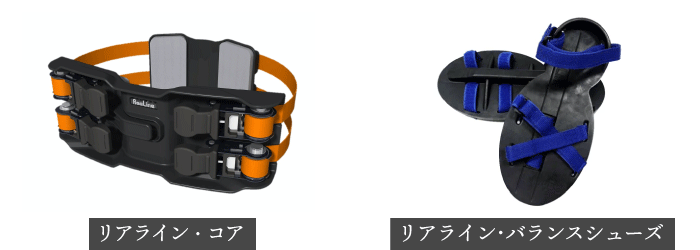
リアライン・コアは、体の中心(コア)を構成する骨盤と胸郭の歪みを整えるための運動補助具です。骨盤・胸郭に「歪み(非対称性)」が生じると、背骨全体だけでなく、肩や首、股関節の運動機能にも悪影響を及ぼす可能性があります。
リアライン・コアを装着して10分程度の簡単なエクササイズを行うことで、骨盤と胸郭の歪みを整え、背骨の「最適な運動パターン」を効果的に学習できます。
まずは、原因となりうる「中腰での作業」や「重たいものを持つ」ことを避けるなど、出来るだけ腰に負担をかけないことが重要になります。また、腰に負担をかけないようにするだけではなく、腰周囲の筋肉を柔軟性を上げつつ強化することが必要になります。特に治療期間においては、悪化させないためにも、無理をしない範囲での強化が必要になります。
具体的には、体幹回旋筋群、臀筋群、内転筋群の柔軟性、腹圧を入れられるようにするためのインナーマッスル(多裂筋、腹横筋、骨盤底筋)の強化などが上げられます。
皆さんの腰痛がどのようなタイプなのか、また、ただの慢性的な腰痛ではなく、他の障害が併発していないかということをしっかり見極め、治療しアドバイスをしていきます。
ただ治療するだけでは、再発して何度も治療院に通うことになるでしょう。 メディカルジャパンで再発予防を含めた治療をしっかりとしていきませんか?ご相談、お待ちしております。

★通常料金6,600円⇒初回限定料金3,850円(税込)
★当院を初めてご利用いただく方へ、初回限定料金にてご提供しております。
【メニュー内容】
①カウンセリング(15分)
②医療機ケア※全身の血流循環を向上させる医療機器(30分)
③お身体の状態チェック→施術→施術後のアドバイス(30分〜40分)
※メニュー内容のトータル所要時間が75分前後となります。お時間に制限がある方は先にお知らせください。
※来院時にスタッフへこちらの画面をご提示ください。
※ネットからご予約される方は施術メニュー項目『【初回限定】コリ・痛み・しびれ・体質改善 3850円』を選択してください。
メディカルジャパン介入例
バランス修正エクササイズ
大脳皮質運動野は、立つ、歩く、走るなどの動作に関与し、筋肉や関節の制御を担当します。この運動野を再教育することで、適切なタイミングでどの筋肉を使うかを身につけ、身体は誤った動作をせずにスムーズに活動できるようになります。これにより、再発を防ぐことができます。
その結果、痛みが軽減し、日常生活に支障がなくなることが「真の治療」と言えます。私たちメディカルジャパンは、リハビリテーションの知識を活用して、根本原因の改善をサポートしています。
医師からの推薦
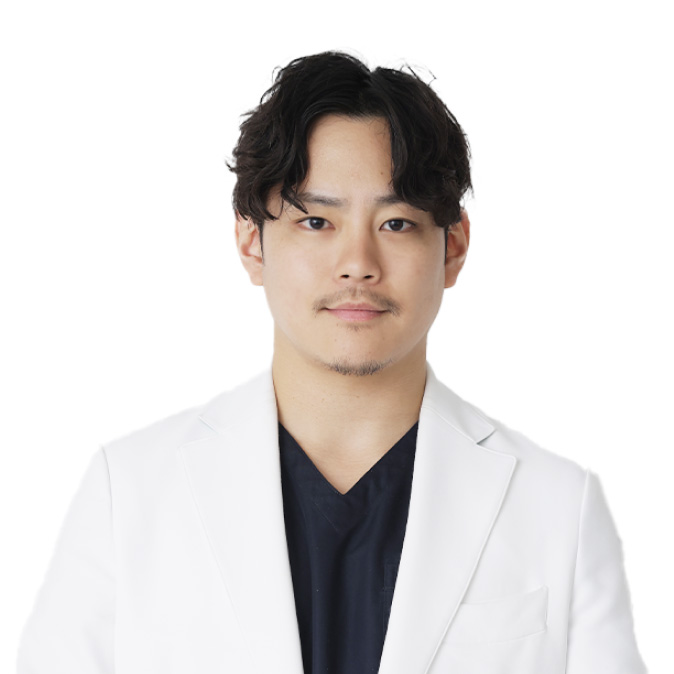

経歴・実績
・京都大学工学部物理工学科 卒業
・ハーバード大学医学部 特別研修修了
・奈良県立医科大学 卒業
・美容外科医、美容皮膚科医、整形外科医
私は東京美専クリニック渋谷院で院長を務めております、医師の土田 諒平です。当院では、整形外科の専門知識を基に、さまざまな運動器の症状に対応しています。レントゲン室も完備し、精度の高い診断を行っています。
運動器の症状に広く対応していますが、特にメディカルジャパンで提供されている施術は、信頼できる治療法として強くおすすめしています。
例えば:
痛みやしびれを根本から改善する鍼灸・整体
肩こりや腰痛、関節炎、筋膜症、神経痛など、痛みやしびれの原因を根本から改善し、持続的な回復を目指します。
再発を防ぐリハビリと評価分析
詳細な評価を基に個別のリハビリ計画を立て、膝や肩の関節疾患、繰り返し起こる腰痛などの再発防止を図ります。
体を強化するトレーニング
回復後の体を強化し、再発防止やスポーツ障害、筋力低下の予防を行います。
メディカルジャパンは根拠に基づいた総合的な健康サポートを行っており、肩こり、腰痛、関節炎、筋膜症、スポーツ障害など、運動器のトラブルにお困りの方には特におすすめの治療院です。
参考文献
所属団体
来院された方の喜びの声
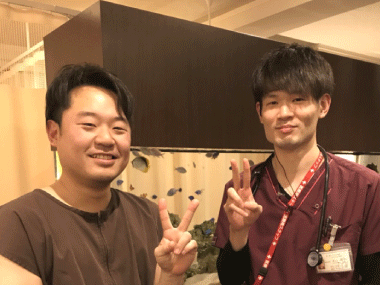
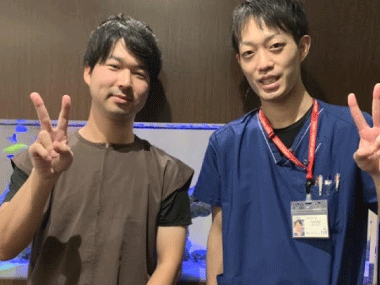
座り方指導・パソコンの位置など教えてもらい身体にかかる負担が軽減したのがわかりました。国家資格の先生が治療してくださり、色々な治療をしているメディカルジャパンさんは信頼できると思います。
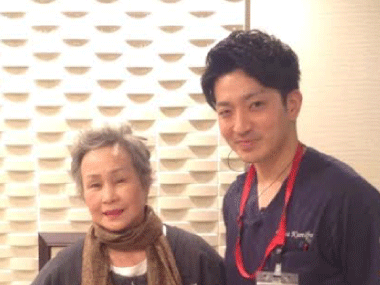
こちらにお世話になり、いまでは腰痛があるのを忘れちゃう日々が続いていています。歩き方の診断をしてもらい、必要な筋力の強化、矯正などしてもらい良くなっていく過程も実感できました。
